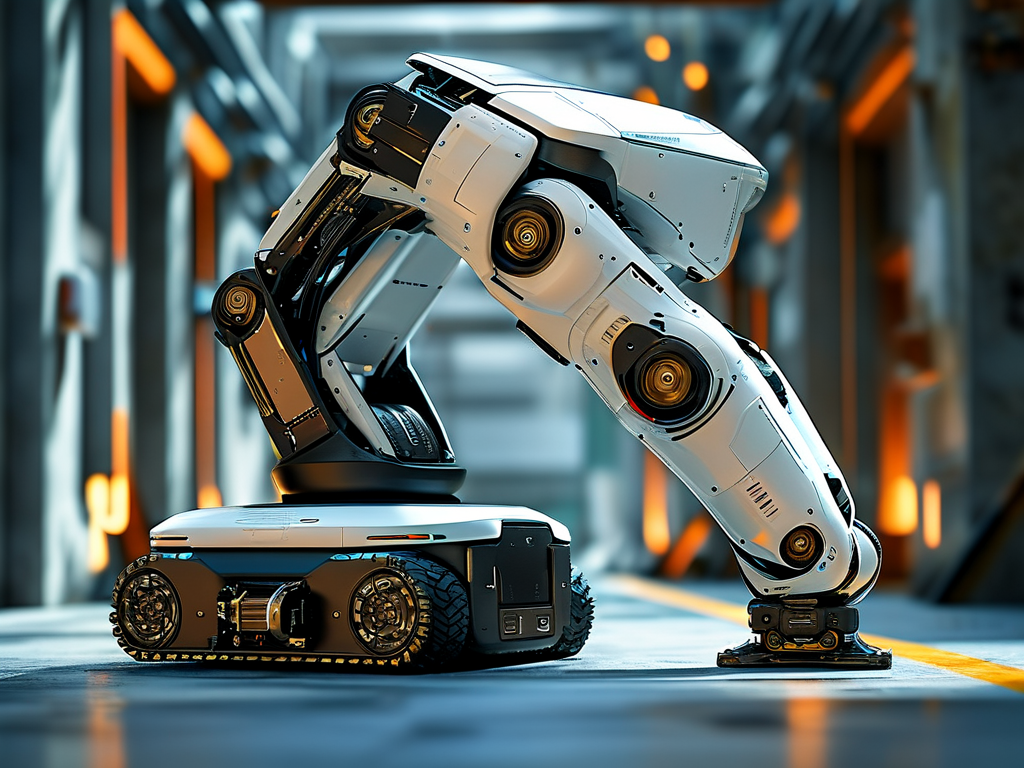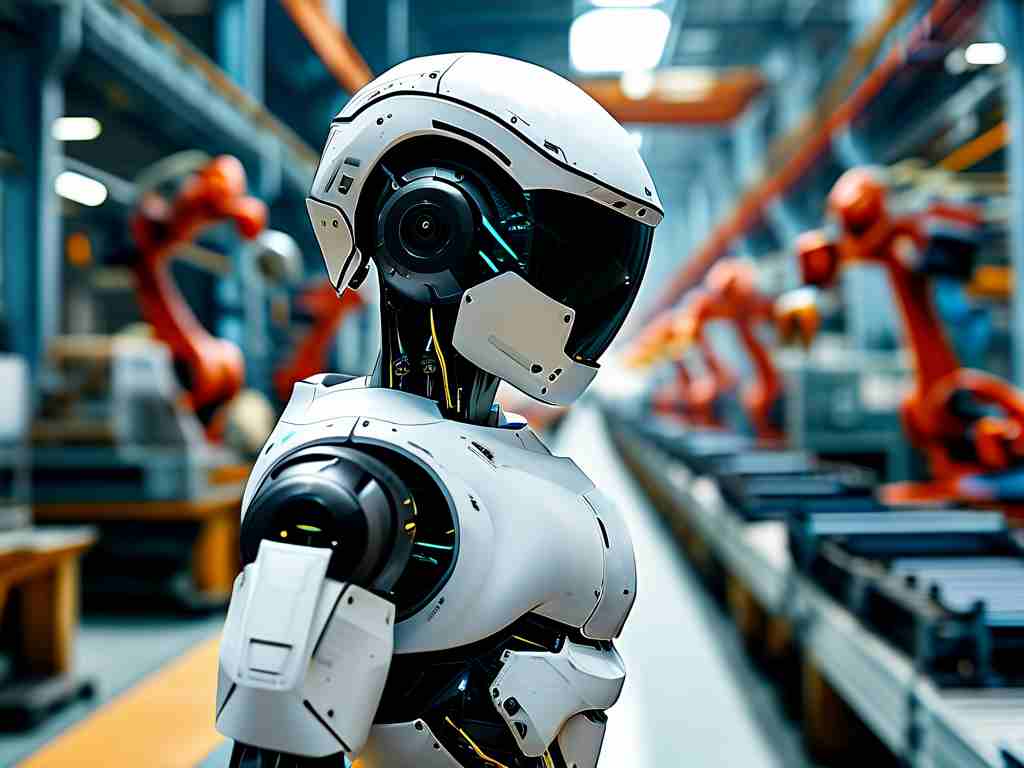As urban spaces grow increasingly congested, the demand for innovative parking solutions has reached unprecedented levels. Robotic vehicle relocation technology, a cutting-edge innovation merging artificial intelligence with mechanical engineering, is redefining how vehicles are stored and retrieved in densely populated areas. This article explores the mechanics, applications, and societal implications of this transformative technology.

Core Mechanics of Robotic Parking Systems
At the heart of robotic vehicle relocation systems lies a combination of automated guided vehicles (AGVs), 3D spatial mapping, and machine learning algorithms. These AGVs, often resembling flat modular platforms, utilize lidar and optical sensors to navigate parking facilities with sub-centimeter precision. Unlike traditional parking methods requiring human drivers, these robots slide beneath parked cars, lift them using hydraulic mechanisms, and transport them to pre-assigned slots at speeds up to 1.5 meters per second.
A proprietary algorithm named GridLogic 4.0 powers these systems, dynamically optimizing parking layouts by analyzing real-time data on vehicle dimensions, weight distribution, and entry/exit patterns. For instance, during peak hours at Shanghai’s Lingang Smart Garage, the system reduced average retrieval times from 8 minutes to 2.3 minutes by predicting user departure patterns through historical data analysis.
Operational Advantages Over Conventional Methods
- Space Optimization: By eliminating the need for human access lanes, robotic systems increase parking capacity by 40-60%. The Dubai Silicon Oasis project demonstrated this by fitting 1,200 vehicles in a space originally designed for 750 conventional parking spots.
- Energy Efficiency: These systems consume 70% less energy than traditional parking structures through optimized movement paths and regenerative braking mechanisms.
- Damage Prevention: Computer vision systems detect and avoid obstacles as small as 5cm, reducing vehicle damage incidents by 92% compared to human-operated facilities.
Implementation Case Studies
The Munich Airport robotic garage, operational since 2022, serves as a benchmark for large-scale implementations. Its 12-story structure houses 2,300 parking spaces managed by 78 AGVs. Users simply drive into a transfer cabin, where license plate recognition and weight sensors verify vehicle identity before robotic handlers take over. During trial operations, the system achieved a 99.8% operational accuracy rate across 143,000 vehicle movements.
In residential applications, Tokyo’s Sky Tower Residence integrated vertical robotic parking into its basement, resolving parking disputes through automated space allocation. Residents access vehicles via a mobile app that schedules retrieval times based on calendar integrations, with premium subscribers enjoying priority routing during morning rush hours.
Technical Challenges and Solutions
Early adopters faced significant hurdles, including electromagnetic interference disrupting AGV navigation in steel-heavy structures. Engineers resolved this by implementing quantum-resistant signal encryption and installing Faraday cage shielding in critical pathways. Another persistent issue involved handling vehicles with exceptionally low ground clearance (under 90mm). The solution emerged through adaptive lift pads that automatically adjust height and pressure distribution using piezoelectric sensors.
Future Development Trajectory
Emerging prototypes suggest next-generation systems will incorporate blockchain-based parking reservations and vehicle-to-robot (V2R) communication. Trials in Singapore’s Marina Bay district have successfully tested AGVs that interface directly with electric vehicles’ onboard computers to monitor battery levels during storage, automatically relocating charging-needed cars to equipped stalls.
Industry analysts predict the global robotic parking market will grow at 17.2% CAGR through 2030, driven by smart city initiatives. However, widespread adoption faces regulatory challenges, particularly regarding liability frameworks for rare system malfunctions. South Korea’s revised Automated Facilities Safety Act (2023) sets precedent by requiring operators to maintain 0.5% manual override capacity and carry mandatory cyber insurance policies.
As urban planners grapple with shrinking available land, robotic vehicle relocation systems offer more than mere convenience—they represent a fundamental reimagining of urban spatial economics. From reducing construction costs through compact designs to enabling adaptive reuse of underground spaces, this technology continues to push the boundaries of what’s possible in modern city planning.









